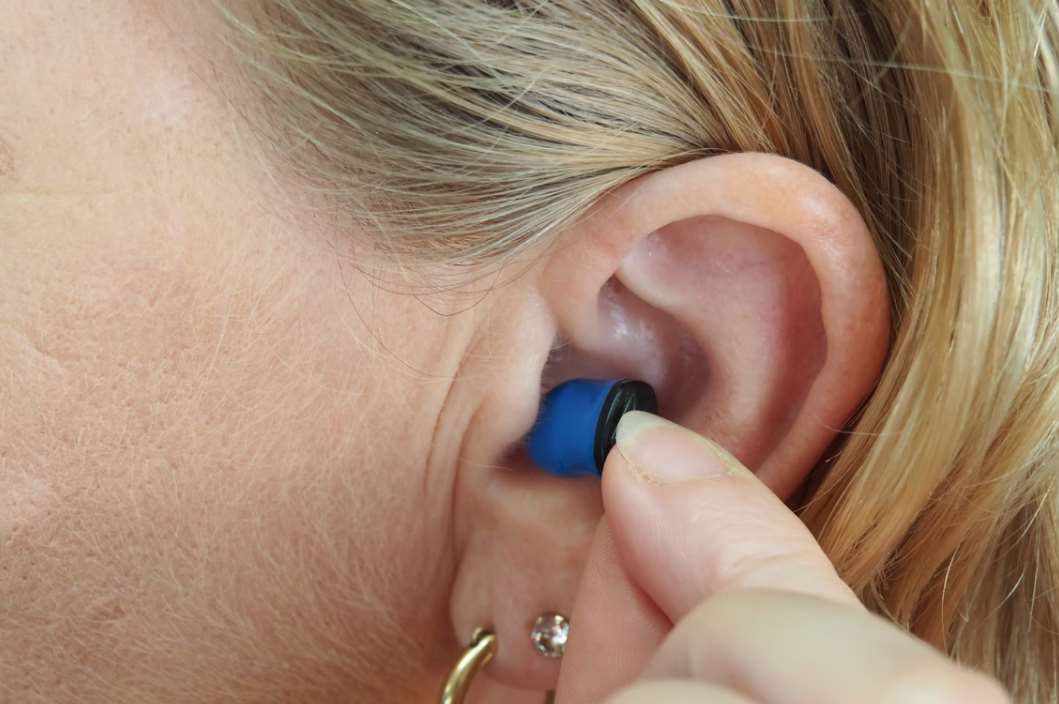As people age, their body goes through various changes. Some of the most prominent ones include weakened bones, reduced brain function, and severe heart diseases. One change that is especially common among older adults is hearing loss.
In general, hearing loss can be caused by a number of reasons such as chronic exposure to loud noises, built-up earwax, damages to the inner ear, and a ruptured eardrum. It comes in many forms that range from a mild loss to a total loss of hearing. While most types of hearing loss cannot be reversed, hearing specialists usually recommend getting hearing aid devices to improve hearing.
However, like other tech devices, hearing aids can also start malfunctioning over time, causing annoyance to users.
So, no matter if you are new to hearing aids or are a veteran user, it is important that you get acquainted with the most common issues related to these devices and what you can do to fix them.
Battery life
Probably the first thing you should watch out for when noticing that your hearing aid isn’t working properly is the batteries. Sometimes the batteries can be dead or improperly installed which can lead to issues such as low production of sound or no sound at all.
For example, if you have a hearing aid battery tester, you can check the voltage of the old batteries to confirm they are dead before activating new hearing aid batteries. Make sure you always purchase from trusted manufacturers which offer batteries that have a long storage life.
Earwax buildup
Another common issue of malfunctioning hearing aids is excessive earwax. Such buildup can block the device’s microphone and other small parts which can hinder the performance of the hearing aid.
Therefore, it is important that you clean the device on a regular basis by wiping it after each use to avoid clogging the device. Also, don’t forget to clean your ears properly since that will not only contribute to further earwax buildup on your hearing aid, but can also lead to greater hearing loss.
Uncomfortable fit
If it is your first time using a hearing aid device, it is normal that it may feel a little uncomfortable when you will be wearing it. However, if you start experiencing some pain or slippage, then the chances are there are problems with the fit of the device. An improperly fitted hearing aid can cause everything from feedback to corrosion, making it more difficult for you to hear better.
Therefore, when you are purchasing a hearing aid, make sure you look for the one that suits your ear’s size and shape so you can insert it properly and improve your hearing.
Whistling and feedback
Whistling noises and other unpleasant squeaking sounds are other common issues of malfunctioning hearing aid devices. They are caused by feedback when the sound amplified by the device leaks out and gets picked up by the hearing aid’s microphone. Some reasons for that include the aid being positioned incorrectly, the volume is too high, there’s excess ear wax or infection.
There are several things you can do to fix these issues. Some of these include waiting until the device is properly installed before turning it on, lowering the volume, and checking for any damages to the hearing aid.
Volume control
When you first get your hearing aid, your audiologist will probably program the device below your prescription strength to give you time to adjust. After wearing it for a while, you might notice that the sound isn’t as loud or as bright. This is a sign that your brain is getting used to the sound and you are ready for a boost in volume.
In case the volume still seems low, then you might want to check to see if there is any debris so you can remove it with a cleaning tool and change the wax filters.
Final thoughts
Out of the many practices you can employ to improve your hearing, purchasing hearing aid devices is probably the most common treatment for hearing loss. Unfortunately, like other tech gadgets, hearing aids can suffer malfunctions over time, leading to the occurrence of uncomfortable sounds and weakened hearing quality.
However, by being aware of the issues that are related to hearing aid devices, you can quickly troubleshoot problems and have the best experience using your device.
For more information on this matter, refer back to our guide and learn about the most common hearing aid problems and their solutions.

Speaks from heart, always too passionate and driven by emotions. Spins the words with kindness & sharpness, intriguing your ever-inscrutable minds.




